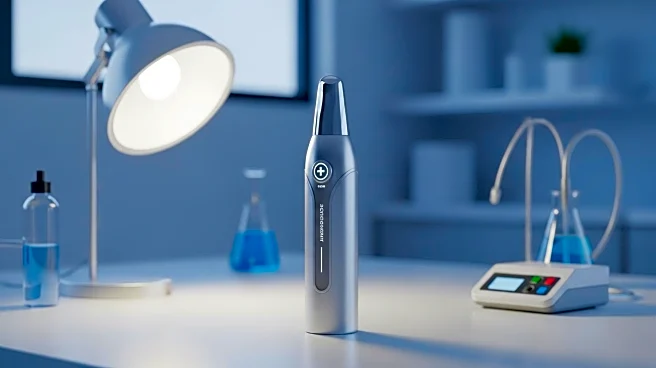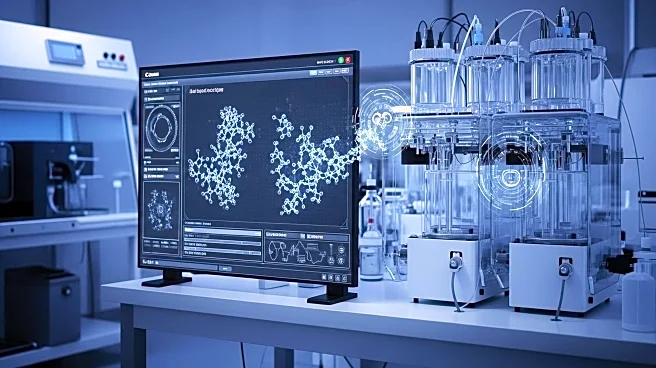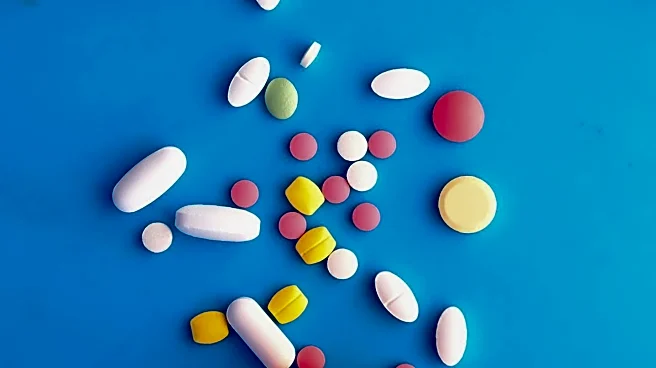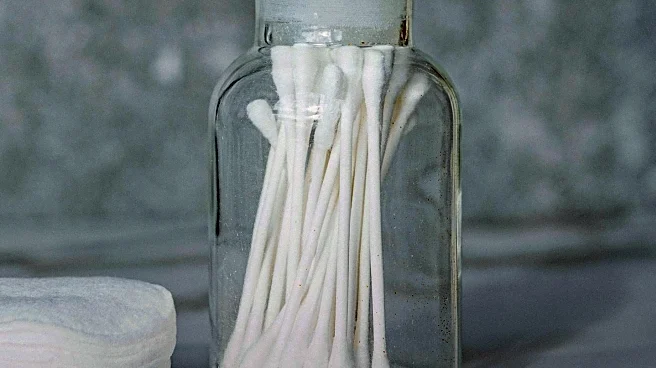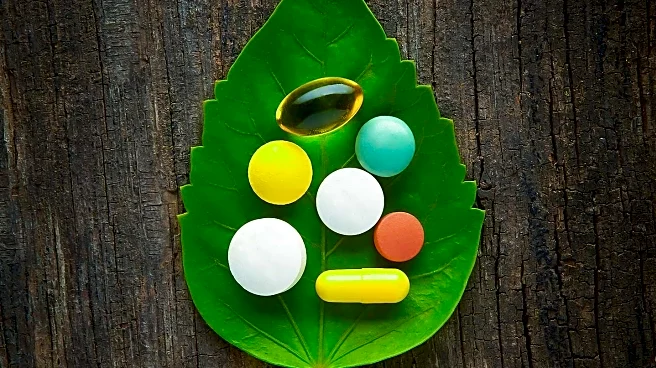What is the story about?
What's Happening?
The global medical antiseptics market is projected to grow to USD 4.05 billion by 2034, with a compound annual growth rate (CAGR) of 5.3%. This growth is driven by rising awareness of infection control, increasing surgical volumes, and the growing geriatric population. Antiseptics play a crucial role in preventing infections in healthcare settings, and innovations in formulation chemistry are enhancing their efficacy and safety. The market is dominated by alcohol-based antiseptics, with chlorhexidine-based formulations gaining traction due to their sustained antimicrobial effect.
Why It's Important?
The expansion of the medical antiseptics market reflects the increasing emphasis on infection prevention in healthcare. As hospital-acquired infections and antimicrobial resistance continue to pose challenges, effective antiseptic solutions are essential for patient safety. The growth of this market also highlights the importance of regulatory focus on infection control, which can drive innovation and improve healthcare outcomes. The demand for antiseptics is expected to rise across both clinical and consumer settings, influencing product development and market strategies.
What's Next?
The market is likely to see continued innovation in antiseptic formulations, with a focus on skin-friendly and sustainable products. Companies may invest in research and development to create advanced antiseptic solutions that address emerging healthcare needs. As awareness of hygiene and infection prevention grows, the market may expand into new regions, driven by healthcare infrastructure investments and government initiatives. The integration of digital monitoring systems in hospitals could enhance infection prevention efficiency, further boosting market growth.
Beyond the Headlines
The growth of the medical antiseptics market underscores the broader trends in healthcare towards preventive measures and patient safety. This shift may lead to increased collaboration between healthcare providers, regulators, and manufacturers to ensure the availability of effective antiseptic solutions. The emphasis on sustainability and eco-friendly formulations aligns with global efforts to reduce environmental impact, potentially influencing future product development and industry standards.
AI Generated Content
Do you find this article useful?
